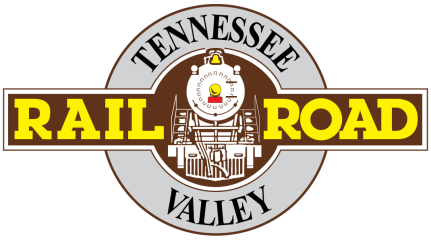SUMMERVILLE’S HISTORIC RAILROAD TURNTABLE
The Historic Summerville Railroad Turntable: A Testament to the Golden Age of Railroads
In the heart of Summerville lies a relic from a bygone era, a testament to the days when railroads were the lifeblood of commerce and travel. The Summerville Railroad Turntable, a massive 90-ton steel structure, stands as a symbol of the golden age of railroads.
A Glimpse into the Past
Built in 1916 by the American Bridge and Iron Company in Ambridge, Pennsylvania, which later became a part of U.S. Steel, the turntable was a marvel of its time. Measuring a staggering 100 feet in length, it was constructed using two steel I-beams connected by support beams. These were riveted together, forming its unique fish-belly design.
The primary function of this turntable was to rotate locomotives, allowing them to be directed in the desired direction. This was especially crucial in railroad yards and roundhouses, where space was a premium. The turntable’s design allowed for such rotations using a minimal amount of land, a testament to the ingenuity of its creators.
Boyles Yard: The Turntable’s First Home
For many years, the turntable found its home at the Boyles Yard in Birmingham, Alabama, as part of the Louisville and Nashville Railroad. This yard boasted the largest roundhouse on the L&N system, with an impressive 36 stalls. During its prime, the turntable played a pivotal role in directing iconic L&N passenger trains such as the Pan American, the Azalean, Florida Arrow, and the Silver Bullet fast freight train, among others.
Even after the merger of L&N into CSX Railroad, the turntable continued its operations at Boyles Yard until its retirement in the late 1990s.
A New Lease on Life
Thanks to a generous donation from CSX Railroad, the Tennessee Valley Railroad Museum acquired this historic turntable, saving it from the fate of becoming mere scrap metal. The turntable was then transported from Birmingham to Lafayette, Georgia, and finally to its current resting place at J. R. “Dick” Dowdy Park in downtown Summerville.
With an appraisal value of $1,250,000, the turntable was used by Summerville as matching funds for two grants from the Georgia Department of Transportation. Its installation marked the restoration of one of the very few operational turntables in the U.S.
A Marvel of Engineering
The installation of the turntable was no small feat. It required extensive engineering, including the construction of a large circular concrete pit, a drainage system, peripheral track, and electric motors. To support the weight of the turntable and the locomotives it would turn, steel pilings were driven eighty feet into the earth.
A Beacon of Civic Pride
Since its dedication in May 2003, the Summerville Railroad Turntable has been a source of civic pride and a boost to local tourism. It has been used to turn steam locomotives from the Tennessee Valley Railroad, diesel locomotives on local passenger excursions, and railcars on excursions by the North American Railcar Operators Association.
The restoration of this valuable railroad antique has not only contributed to Summerville’s reputation as a historic railroad town but also promises to be a source of tourism and civic pride for future generations.
For those interested in experiencing this piece of history firsthand, further information on steam locomotive excursions from Chattanooga to Summerville can be found on www.tvrail.com.
